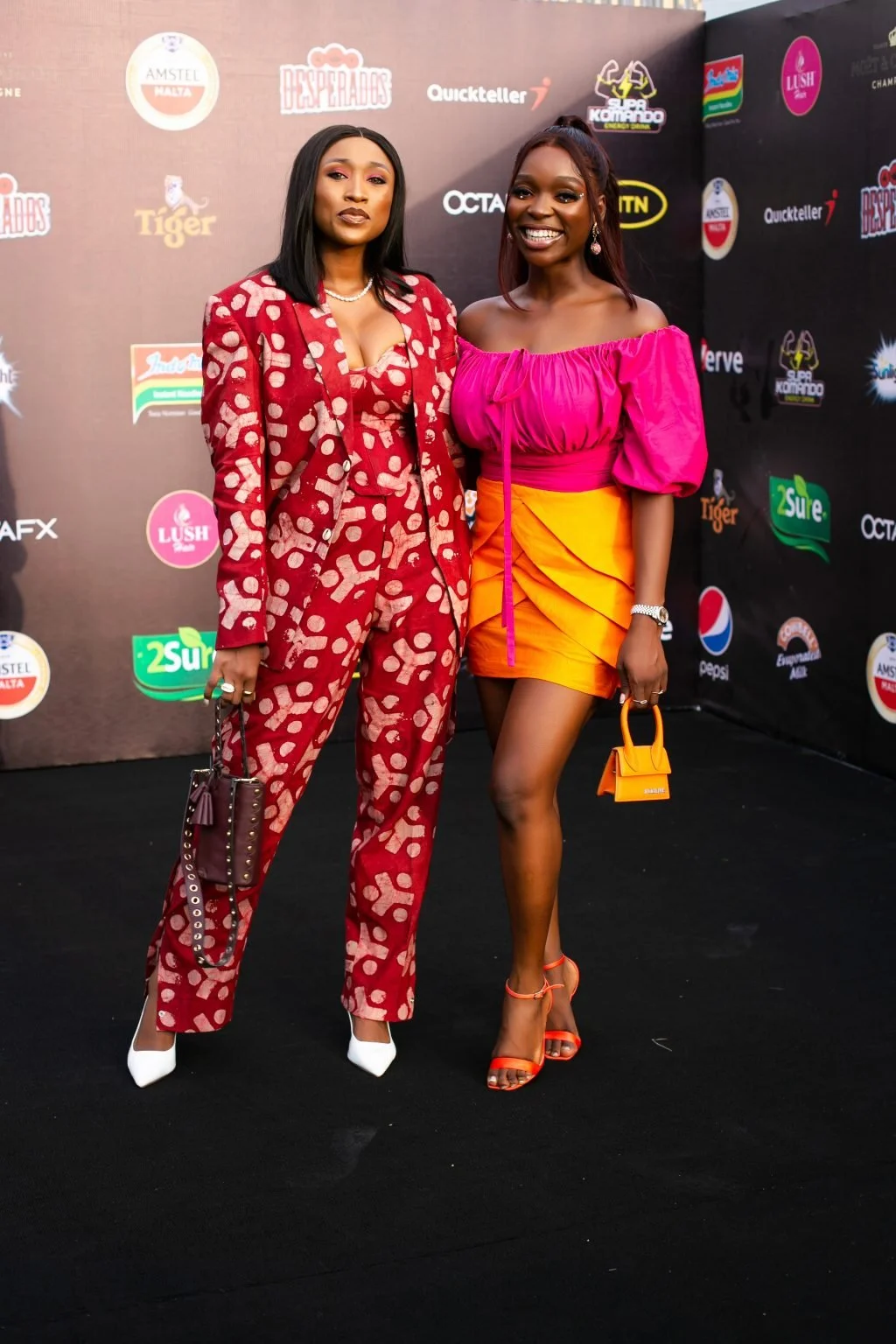A Helpful Checklist Before You Invest In A Designer Bag.
Investing in a designer bag is a significant decision that goes beyond just a fashion statement. It’s about making a choice that complements your style, serves your needs, and holds its value over time. Whether you’re a seasoned collector or a first-time buyer, here’s a checklist to ensure you make a wise investment.
1. Know Your Style
Before you even think about swiping that card, you need to know your personal style. Are you a classic kind of girl, or does the edgy vibe speak to your soul? Your bag should be a reflection of your personality and fit seamlessly into your wardrobe. Take a moment to assess your current collection and identify the gaps. Do you need a timeless tote, a chic clutch, or perhaps a versatile crossbody?
2. Set a Budget
Designer bags can range from the moderately expensive to the downright extravagant. Setting a budget beforehand can prevent you from getting carried away. Consider how much you’re willing to spend and stick to it. Remember, a higher price doesn’t always mean better quality. Sometimes, lesser-known designers offer incredible craftsmanship without the hefty price tag.
3. Research the Brand
Every designer has a distinct reputation and style. Some brands are known for their durability, others for their iconic designs. Research the brand’s history, their customer reviews, and even the resale value of their bags. If a brand’s bags consistently hold their value, it might be worth the investment.
4. Consider the Occasion
Are you buying this bag for everyday use, special occasions, or as a collector’s item? The occasion will heavily influence your choice. An everyday bag should be practical, durable, and versatile, while a special occasion bag can afford to be more delicate and unique. Think about how often you’ll use it and for what purposes.
5. Pay Attention to Material
The material of the bag can significantly affect its longevity and maintenance. Leather is a popular choice due to its durability and timeless appeal, but it requires regular care to keep it looking pristine. Canvas and other fabrics might be easier to maintain but could lack the luxurious feel of leather.
6. Check the Hardware
The hardware on a bag, such as zippers, buckles, and chains, can significantly impact its overall look and longevity. Make sure the hardware feels sturdy and matches your preferred aesthetic. Gold, silver, and gunmetal are common finishes – choose one that complements your wardrobe and personal style.
7. Colour Matters
Neutral colours like black, beige, and brown are versatile and timeless. They can match almost any outfit and are less likely to show wear and tear. However, a bold colour can make a statement and add a fun element to your ensemble. If you’re torn, consider what will fit best into your existing wardrobe.
8. Size and Functionality
Size does matter, especially when it comes to designer bags. Think about what you typically carry and choose a size that accommodates your essentials without being too bulky. Also, consider the functionality – does it have enough pockets, does the strap adjust to your liking, and is it comfortable to carry?
9. Try It On
If possible, try the bag on in person. This will give you a better sense of how it looks and feels. Check the weight, how it sits on your shoulder or arm, and if it’s easy to access the contents. If you’re buying online, make sure the store has a good return policy in case it doesn’t meet your expectations.
10. Trust Your Instincts
If a bag makes your heart race and you can envision yourself carrying it everywhere, it might just be the one. A designer bag is a significant investment, so it should bring you joy and complement your style effortlessly.









